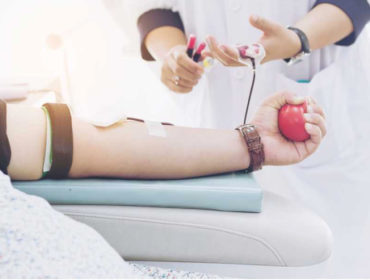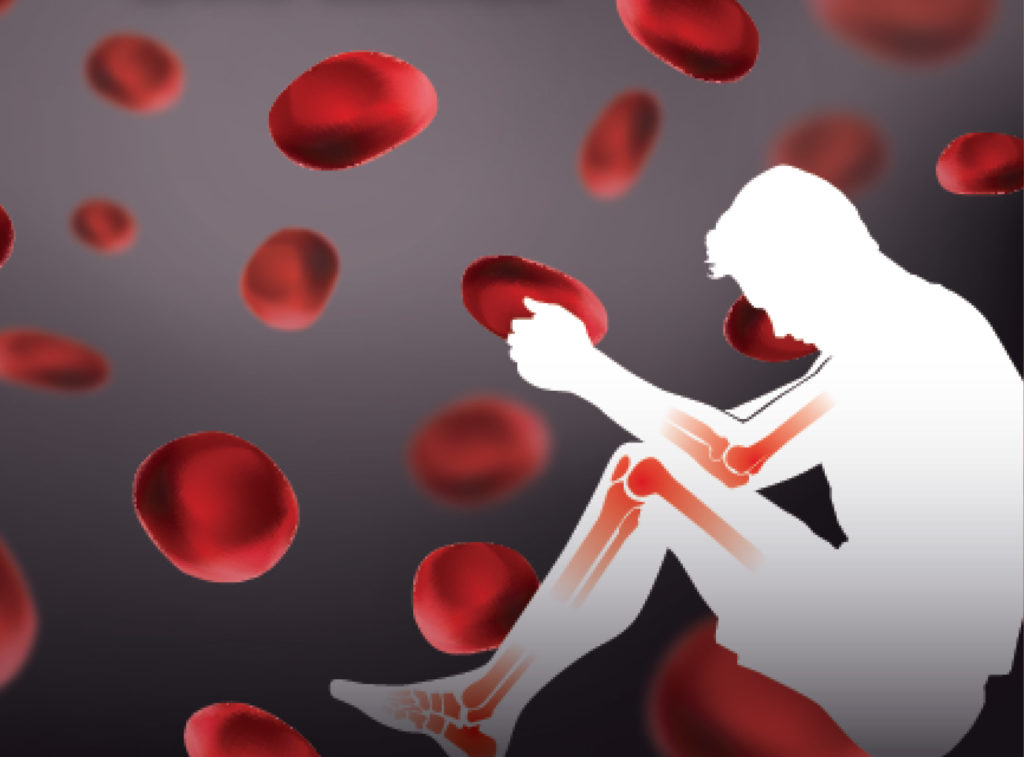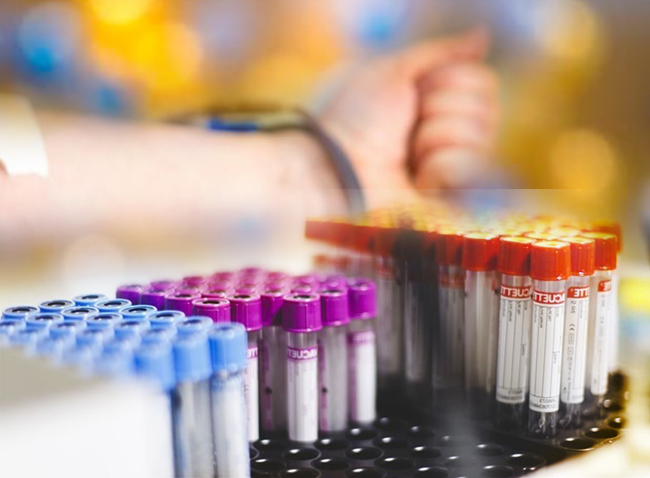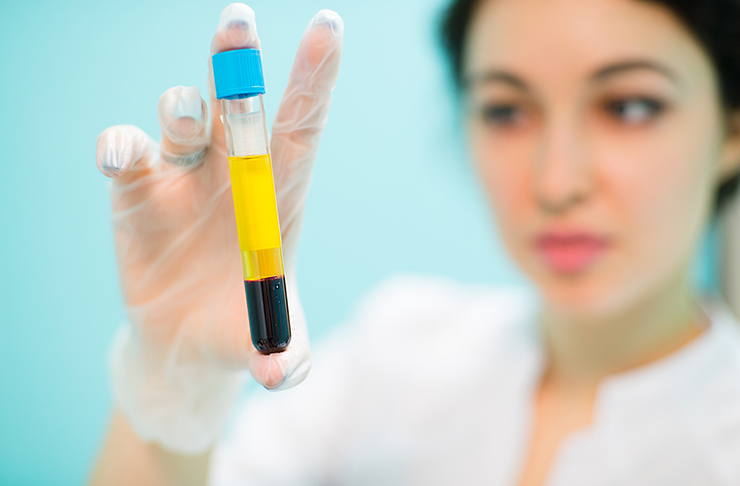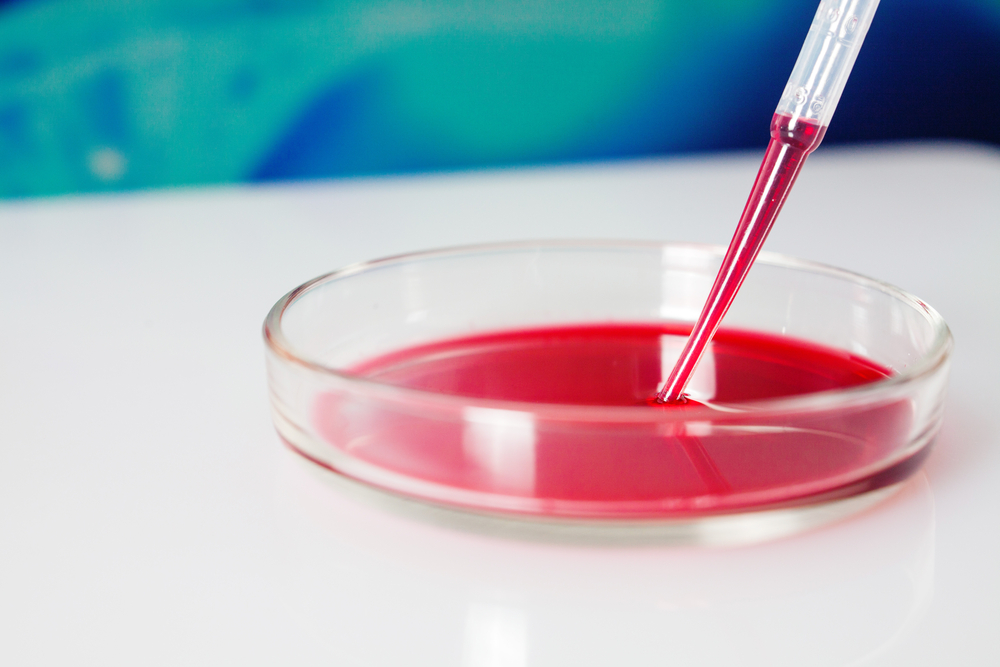 The therapeutic approach to genetic bleeding disorders has had a big and rapid evolution since the second half of the XX century thanks to the production of the first plasma-derived concentrate of coagulation factor. However, the lack of viral inactivation procedures of the concentrates, and the lack of knowledge about the possibility of transmission of viral agents using the same, has caused in the population of hemophilic patients epidemic of HIV and HCV-relate infection . From 1985 onwards, the concentrated plasma derivatives are subjected to viral inactivation techniques, also combined with increasingly effective technology. In addition, the accurate viral donor screening tests become widely available using led to the disappearance of new infections by the most feared pathogens. Moreover, the possibility of transmitting agents such as parvovirus B19, also low pathogenic, or prions, associated with Creutzfeldt-Jakob disease, are reasons to maintain high surveillance of plasma-derived products. There could be also the possibility that micro-organisms responsible for outbreaks of viral haemorrhagic fevers in Africa, or West Nile virus can be transmit through blood. Since 1990, the concentrates obtained in recombinant cell culture thanks to the techniques of recombinant DNA and subjected to multiple purification steps and in the treatment of viral inactivation have conferred the advantage of an almost absolute security of not transmitting viral infections.
The therapeutic approach to genetic bleeding disorders has had a big and rapid evolution since the second half of the XX century thanks to the production of the first plasma-derived concentrate of coagulation factor. However, the lack of viral inactivation procedures of the concentrates, and the lack of knowledge about the possibility of transmission of viral agents using the same, has caused in the population of hemophilic patients epidemic of HIV and HCV-relate infection . From 1985 onwards, the concentrated plasma derivatives are subjected to viral inactivation techniques, also combined with increasingly effective technology. In addition, the accurate viral donor screening tests become widely available using led to the disappearance of new infections by the most feared pathogens. Moreover, the possibility of transmitting agents such as parvovirus B19, also low pathogenic, or prions, associated with Creutzfeldt-Jakob disease, are reasons to maintain high surveillance of plasma-derived products. There could be also the possibility that micro-organisms responsible for outbreaks of viral haemorrhagic fevers in Africa, or West Nile virus can be transmit through blood. Since 1990, the concentrates obtained in recombinant cell culture thanks to the techniques of recombinant DNA and subjected to multiple purification steps and in the treatment of viral inactivation have conferred the advantage of an almost absolute security of not transmitting viral infections.




